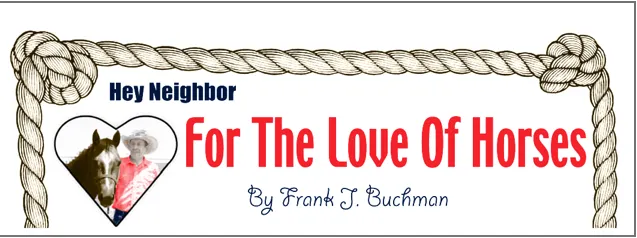Oh, Those Bloomin’ Sunflowers
By Steve Gilliland
We are sunflower fans and routinely have a few growing in our spring and summer flower gardens. We grow our tomatoes in raised garden beds, and this year when one rogue sunflower, (evidently compliments of the squirrels or birds) appeared at the end of one garden bed, we thought “What the heck, we’ll let it grow.” Now the crazy thing has a stalk the size of my arm, is at least 12 feet tall and when I tried counting the blooms, I lost count at 70. We have nicknamed it “Overachiever.” To help with drainage issues in our back yard along the alley, we have a water-retention pond that stays dry and ugly until after big rains. This year we bought a half-dozen packets of different sunflower seeds, mixed them together and planted them around the rim of the retention pond to add a little “wow” to the back yard. Now we have a crescent-shaped row of beautiful sunflowers from 3 to 6 feet tall with blooms from bright yellow to almost orange.
If your faith has taken a hit over the past 4 months and you need some assurance that there is still good in this world, take a drive along any back road going anywhere in Kansas right now and let God treat you to a spectacle only He can provide in the form of acre-after-acre of brightly shimmering wild sunflowers in the ditches and fencerows. As you drive along, thousands of luminescent yellow heads appear to guide your way and will offer a boost to your spirits.
Sunflowers were cultivated in North America as far back as 3000 BC and were introduced to the rest of the world by Spanish Conquistadors in 1500. Peter the Great fell in love with sunflowers he found in the Netherlands and took them back with him to Russia. They became popular there when people discovered sunflower oil was not banned during Lent by the Russian Orthodox Church like most other oils. By the 19th century, Russia was growing 2 million acres of sunflowers annually. Around that time, Russian immigrants brought with them to the US highly developed sunflower seeds capable of producing much bigger blooms. That sparked renewed interest in sunflowers as a commercial crop here in the states.
Sunflowers use a behavior called “heliotropism” that causes young, developing sunflower heads to face eastward in the morning, then follow the sun around to the west during the day. As the heads mature, become heavier and droop, they remain facing predominately east, possibly as a defense mechanism to protect the seeds from the hot afternoon sun. Each sunflower head is actually comprised of many smaller flowers called “florets.” Florets in the middle that produce the seeds are both male and female, so each floret self-pollinates to produce a seed.
In 2019, South Dakota farmers produced the most sunflower seeds in the US to the tune of 831.6 million pounds. They were followed by North Dakota, Minnesota, California, Colorado and Kansas. 2019 commercial production in the United States was about 2 billion pounds grown on 1.4 million acres; 2019 production in Kansas was just under 54 million pounds from 45, 000 acres.
The sunflower became the state flower of Kansas in 1903. As history has it, in 1901, George Morehouse, a state senator from Council Grove, attended a rodeo in Colorado Springs where all the Kansas folk in attendance wore sunflowers identifying them as Kansans. Morehouse was so moved and inspired by the Kansas spirit, that upon returning home, he drafted the bill naming the sunflower as our state flower. In this original bill, Morehouse stated “This flower has to all Kansans an historical symbolism which speaks of frontier days, winding trails, pathless prairie and is full of the life and glory of the past, the pride of the present and richly emblematic of the majesty of the golden future, and is a flower which has given Kansas the world-wide name “The Sunflower State.” Continue to Explore Kansas Outdoors!
Steve can be contacted by email at [email protected].




